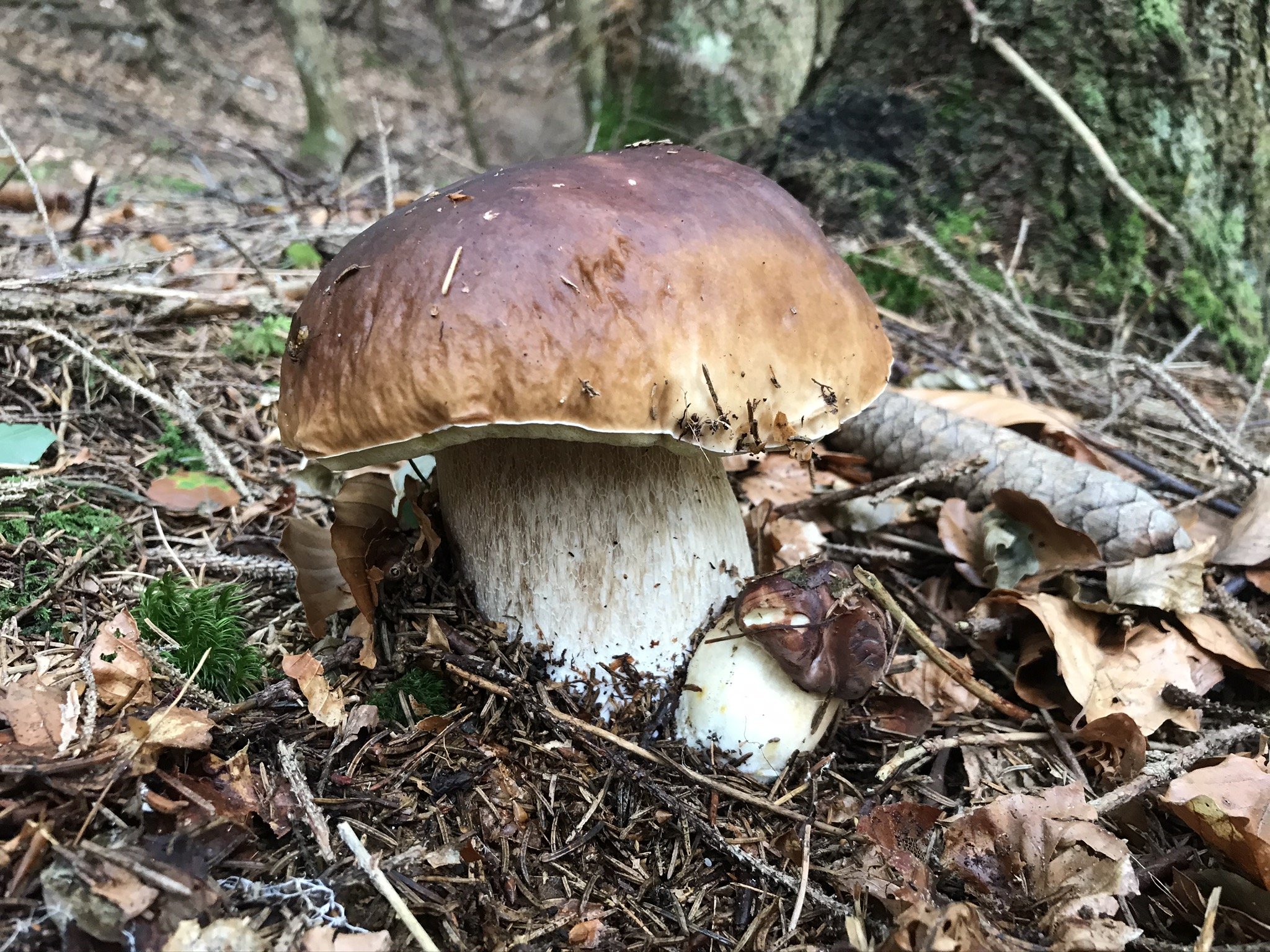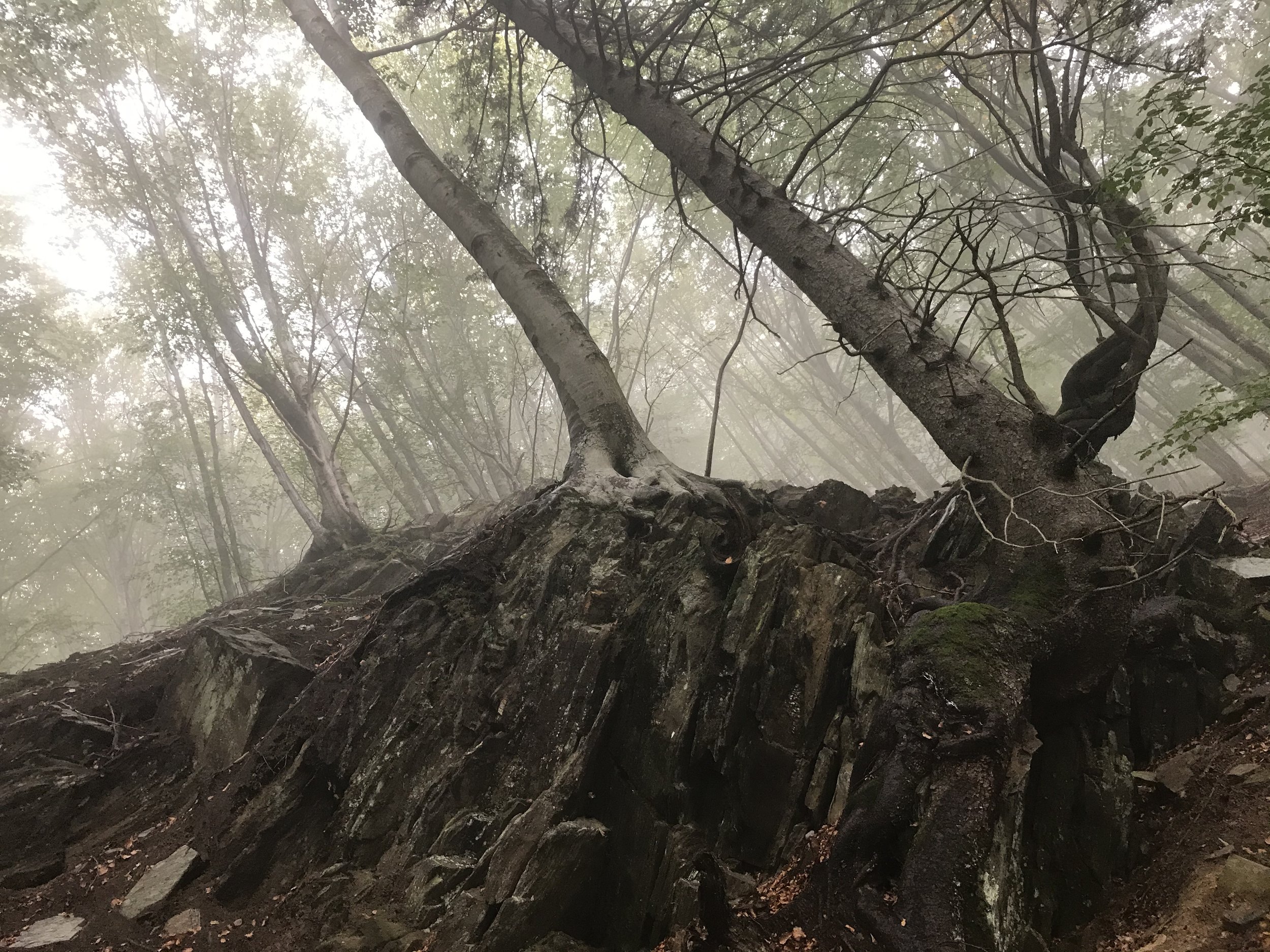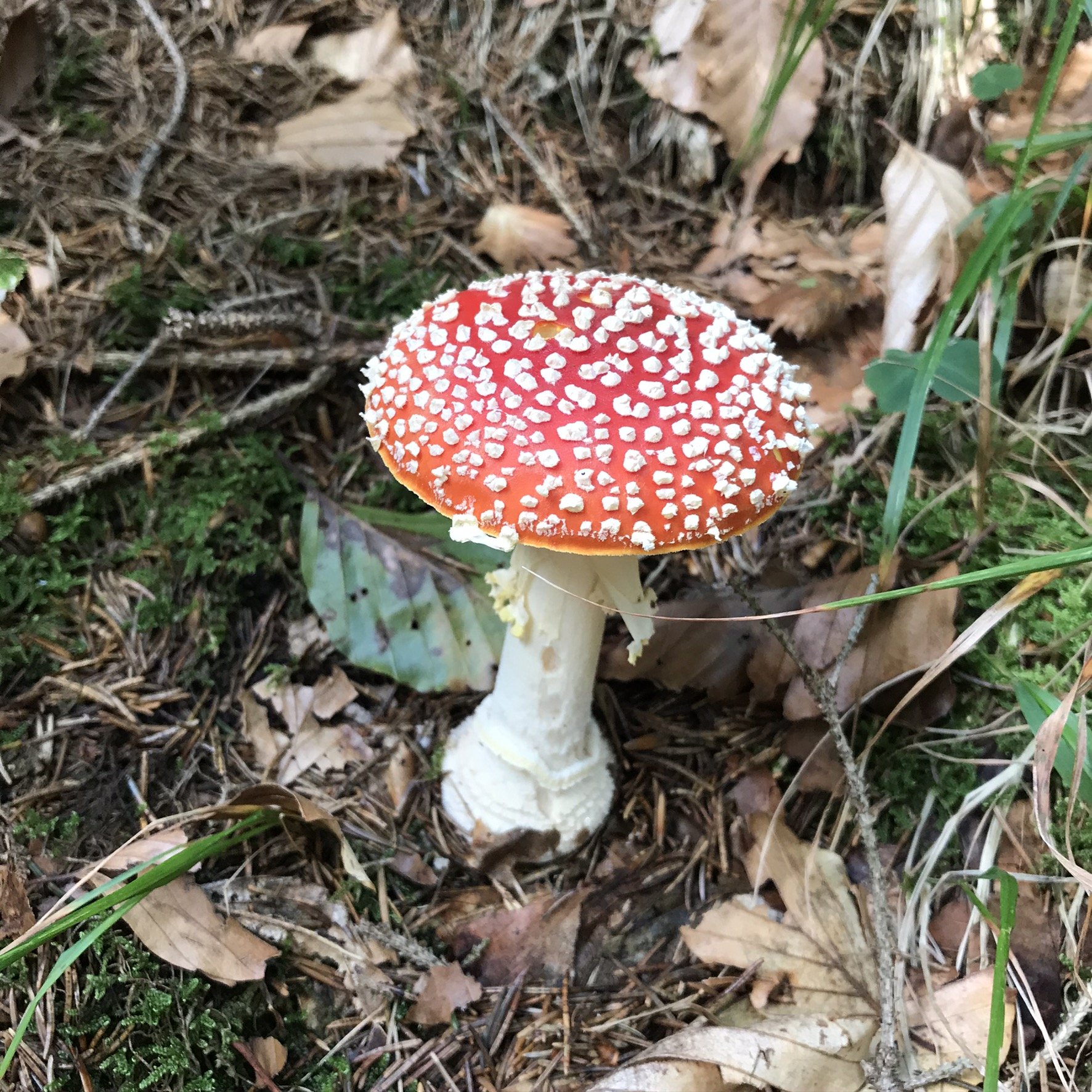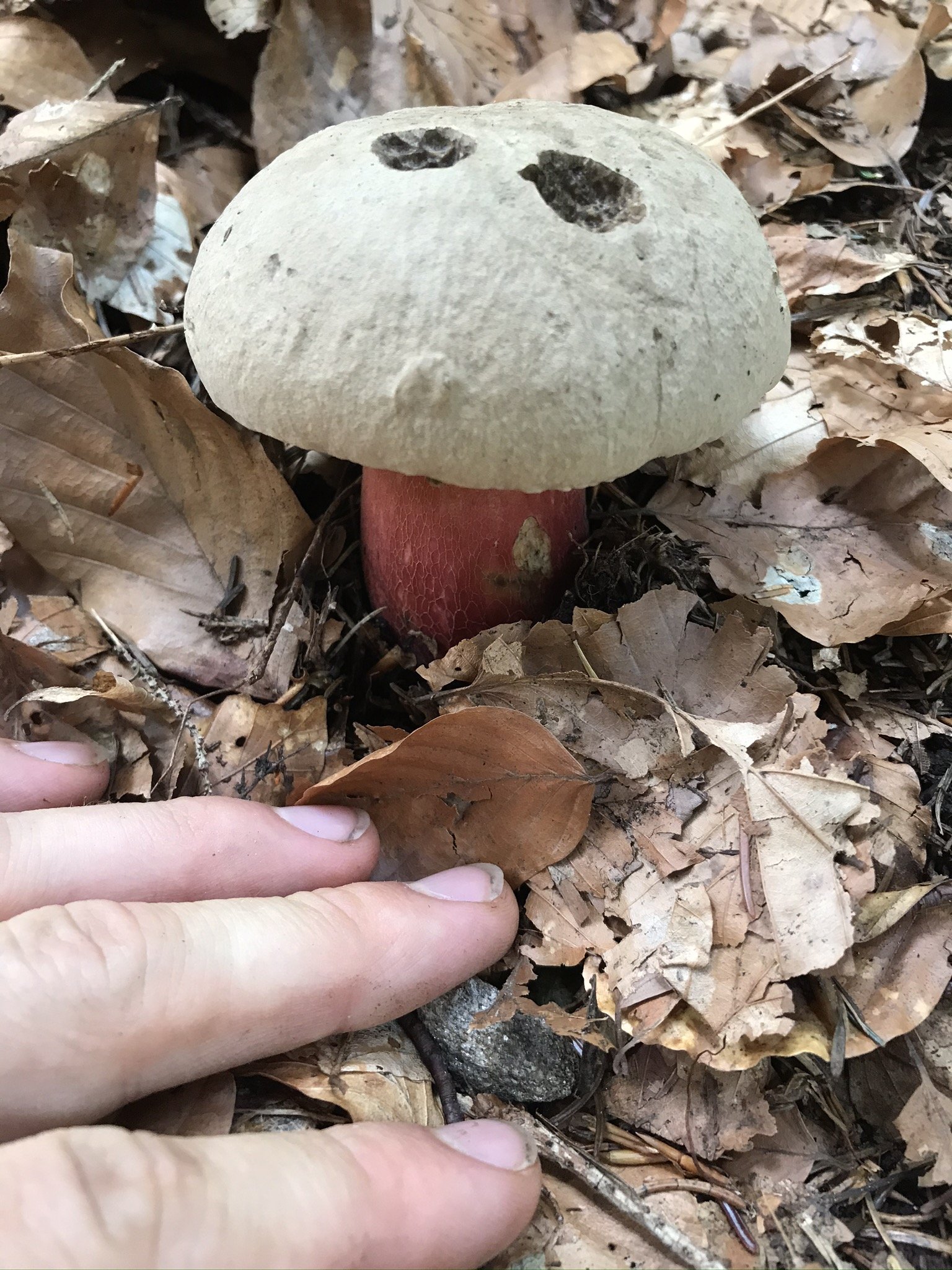It was still dark out when Brother Paolo arrived at my gate, calling me on my cellphone. For early-morning in late-September, it was still rather warm. As we turned onto the highway there was a line of cars heading off on their commutes to Milan while we past them all on our way to Piedmont; to the Alps.
A member of the Franciscan Order, Brother Paolo is also a “Fungiatt” a word in the heavily-accented dialect of Northern Lombardy that translates to ‘mushroom enthusiast.’ That morning he had left his brown robes behind for hiking gear, as we intended to climb to where the there was still virgin beech forest like there would have been for tens of thousands of years across most of Europe.
That is how high one must climb if they want to find the “King Boletes,” or “porcini,” an object at the intersection of culinary, cultural, and natural value in Italy and the world.
“When someone is mushroom hunting, it’s like hearing the call of the forest,” Paolo Braghini, 46, told me. When not scouring mountains in his native Lombardy, Paolo is a missionary with the Ticuna-speakers of the Amazon Rainforest.
Paolo has been there for 13 years, but in his and his family’s advancing age, is returning more often than he once did: always around the mushrooms season, even though he cannot bear the cold for long.
“Truly more of a passion, looking for mushrooms can be elementary, it could be for discovering the landscape, but whatever it is it’s something innate,” says Paolo. “Whoever goes into the woods feels the call of the forest. It’s something they receive from God when they’re born”.
“For a Fungiatt going into the mountains, his heart is set on porcini,” he reminded me once as we passed a glistening clump of orange-yellow chanterelles, delicious in their own right. Yet indeed, the mystery of mushrooms captivates men and women in Italy for different reasons, and for different species.
An analysis of countries based on their “mycophilic” (mushroom-loving) or “mycophobic” (mushroom-fearing) commercial cultures in Europe found that the first laws created to guide wild mushroom harvesting in Italy go all the way back to 1820, when much of Northern Italy wasn’t even owned by Italian states.
The laws were instituted by the Austria-Hungarian Empire to try and stem the vast public medical burden of mushroom poisoning in the Italian population of the Empire.
A family affair
“I love looking for mushrooms because it’s a reason to go walking in the woods,” says Vittorio, Paolo’s nephew, during our own excursion. Both men learned mushroom hunting from the patriarch of that family, Pasquale.
It’s a skill that’s better passed down through the generations since so many mushrooms have deadly doppelgangers. The Boletus family in which the porcino resides, boasts three additional tasty cousins. One, however, is poisonous, a species I would have put in my rucksack if it had not been for Paolo, and by extension, Pasquale.
With a knowledgeable guide, years aren’t necessary to absorb the Fungiatt’s talents. After two seasons, one begins to smell mushrooms in the damp forest air or spot them from twenty yards away from their characteristic shades of brown and sponge-green.
Yet this tradition of going into the mountains on a mushroom hunt is diminishing with age. To a young man studying for college in one of Northern Italy’s metropolitan areas—less than a day’s drive from the mushroom hunting grounds, the knowledge needed to find porcini would seem nothing short of magic. Ideally, it should be done shortly after adequate rain, in late September or early October, before it gets too cold. A hunt should be best left for the waxing days after the half-moon.
“If there’s a storm in the mountains, the tremors shake the earth, and the mushrooms come out,” Paolo told me, which seemed enough to me like magic with his long unkempt beard.
The porcino, Boletus edulis, and most of the Boletus genera which include B. badius, and B. pinophilus, as well as Leccinum scabrum a distant relative, present a delightful enigma to the Fungiatt, much the way other agricultural mysteries, from black truffles to Cuban tobacco, captivate their own audiences. Like the latter two, porcini have never been successfully bred in captivity in a way that retains the intense, meaty flavor of the fungus.











